The end of the War led to a lot of exciting acquisitions and a lot of flight tests.
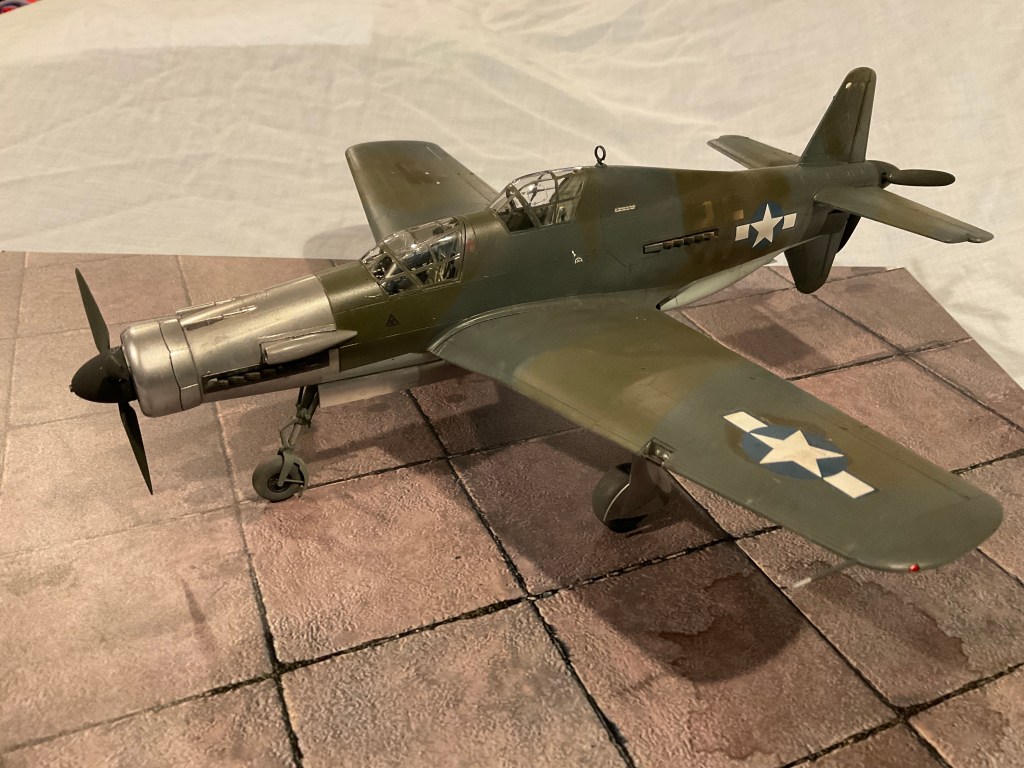
Let’s look at a pretty outrageous German plane with an unlikely user.
German aircraft designs during World War II were clearly innovative. The Do 335 being one good example, that very nearly entered service. Designed by Claud Dornier, who had a long history with tandem engined types, the basic configuration was patented in 1937 and first flew in 1942. It should come as no surprise, considering the confused leadership of the Luftwaffe at the time, that the aircraft’s actual role was redefined several times during its development. Significantly, it was classified as both a fighter and bomber at different times. Different prototypes and pre-production aircraft were listed as fighters, night fighters, bomber destroyers, fighter bombers, photo recon, and trainers. In May of 1944 it was ordered into production as a night fighter and bomber destroyer (heavy fighter). Shortly afterwards the primary factory was destroyed by the Eighth Air Force and time was lost setting up an alternate location. Ultimately this limited total output to 37 aircraft.
It may have been a good design for both of those intended roles. The heavy fighter version had a level speed of 475 mph, making it one of the fastest piston engine types ever built (equal to the P-47M Thunderbolt). As a replacement for Bf 110 and Me 410 it certainly had improved survivability!
One issue was quickly apparent in flight testing, with its cruciform tail and rear engine, landing was tricky. A pilot needed to keep fairly level to avoid hitting the tail on the ground, but not completely level so initial landing forces were not transmitted through the weaker nose gear. Thus a two seat trainer was needed. Existing A-0 and A-1 airframes would be converted into A-10 or A-12 trainers. Up to eight of the eleven existing A-1s were scheduled for this, but apparently only 2 or 3 were ever actually done.

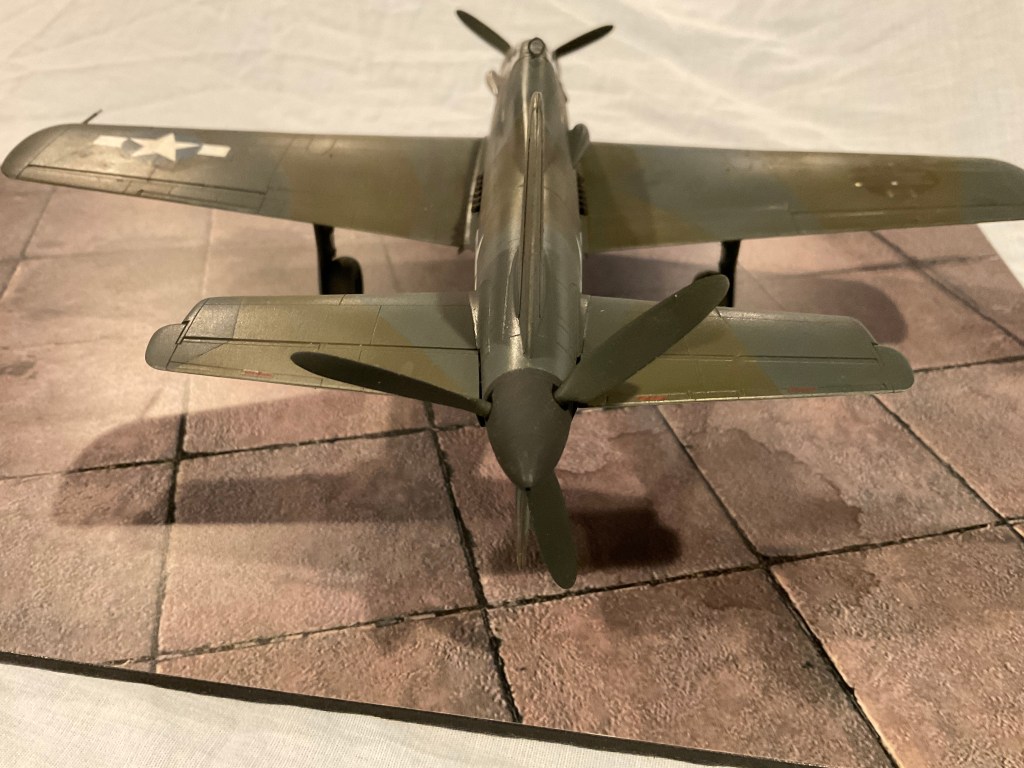
Officially, the Do 335 was named Pfeil (Arrow). But somewhere it picked up the nickname “Anteater”. One of my sources claims due to the long nose, pilots referred to all Do 335 this way. But the kit instructions say it was unique to the trainer version. I can believe that! It sure has an ungainly look that might be fitting for an anteater.



A surprising number of Do 335 fell into Allied hands post-War, including two A-12 models. This aircraft (Werk No. 240112) was briefly tested by the French, before being passed to the US Navy. It was not used by the Navy for much longer than it took to apply national insignia, and by mid-Summer 1945 it wound up at RAF Farnborough where it was flown by Eric Brown. He recorded some impressions of it in his book Wings of the Luftwaffe. He writes at length about its ejection seats, apparently only the second ever used on a production aircraft. It was a complicated mechanism that used explosive bolts to detach the rear propeller and vertical tail surface; then the upper canopy had to be released manually before finally the seat could be ejected. Eric Brown wondered if skipping to the end would be better in an emergency? (and play “Russian Roulette” with the tail!) He was impressed with the speed, even in the two seat configuration, describing it as one the very few over-powered aircraft he ever encountered. It flew acceptably well on either engine; slightly better on rear engine only, but that engine had a tendency to overheat. This aircraft later crashed and killed another test pilot due to a fire in that rear engine.
Eric Brown opined that although the type clearly had some problems that still needed attention, it would have been completely capable in either role it was intended for from 1944.
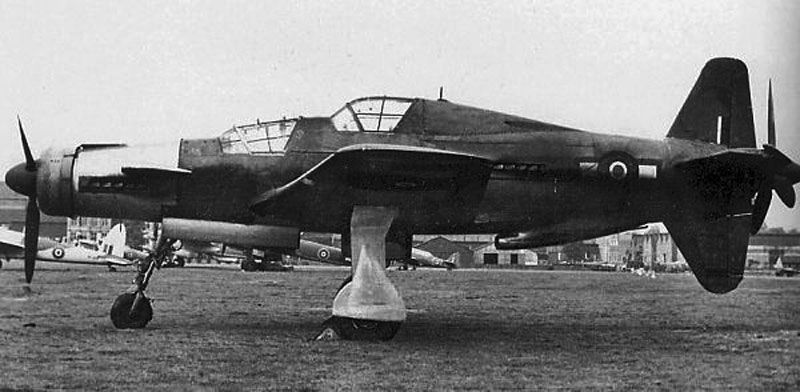

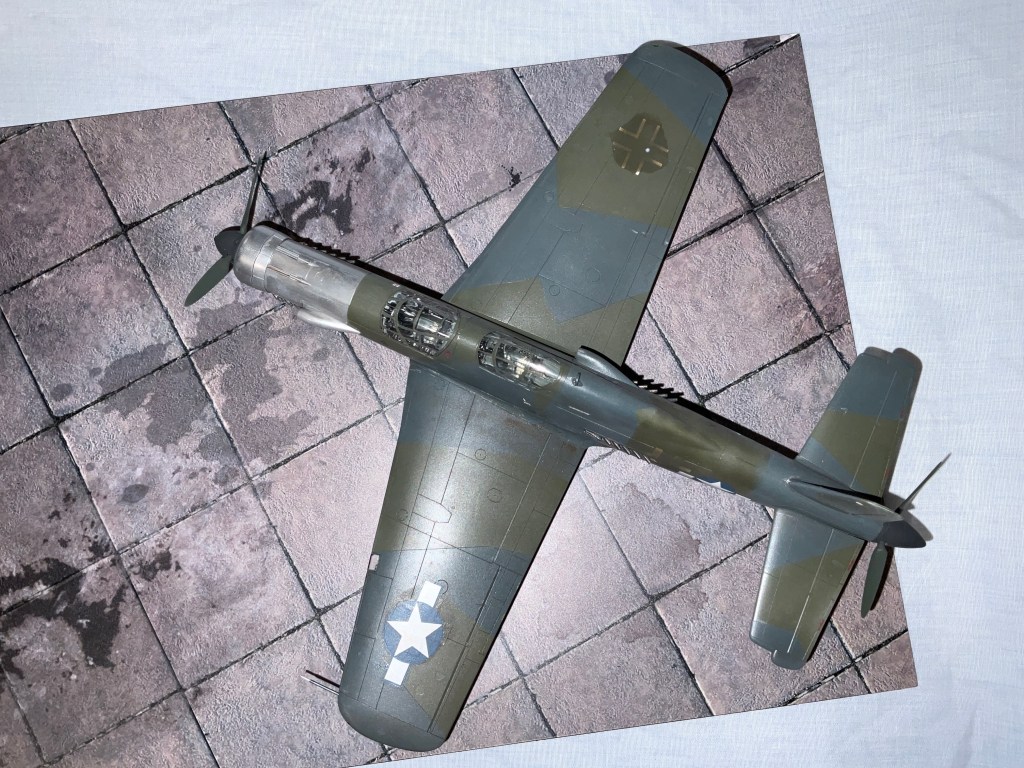
This is the Tamiya kit with Cutting Edge decals. The paint scheme was fun, after building and painting it as Do 335 WkNo 240112 (“112” on the tail), I painted out the German markings with Olive Drab and Neutral Grey as to let the markings faintly show through.
I did have one unpleasant discovery, readers may recall a couple years ago I speculated if the oil washes I usually used caused some damage to an Alclad II metal finish. Well I can definitely say yes to that. After putting a burnt umber wash on the almost done airplane I grabbed a tissue to wipe off some of the excess, and it wiped clean down to bare plastic on some of the “natural metal” undersurfaces. That really did surprise me, since I’ve long used oil based paints at that point precisely because they are so neutral towards most other finishes. In this case, it wasn’t a big deal to just repaint the bare plastic. But we’ll call that a big lessen learned!
Apart from the involved finish this was a pretty simple build.

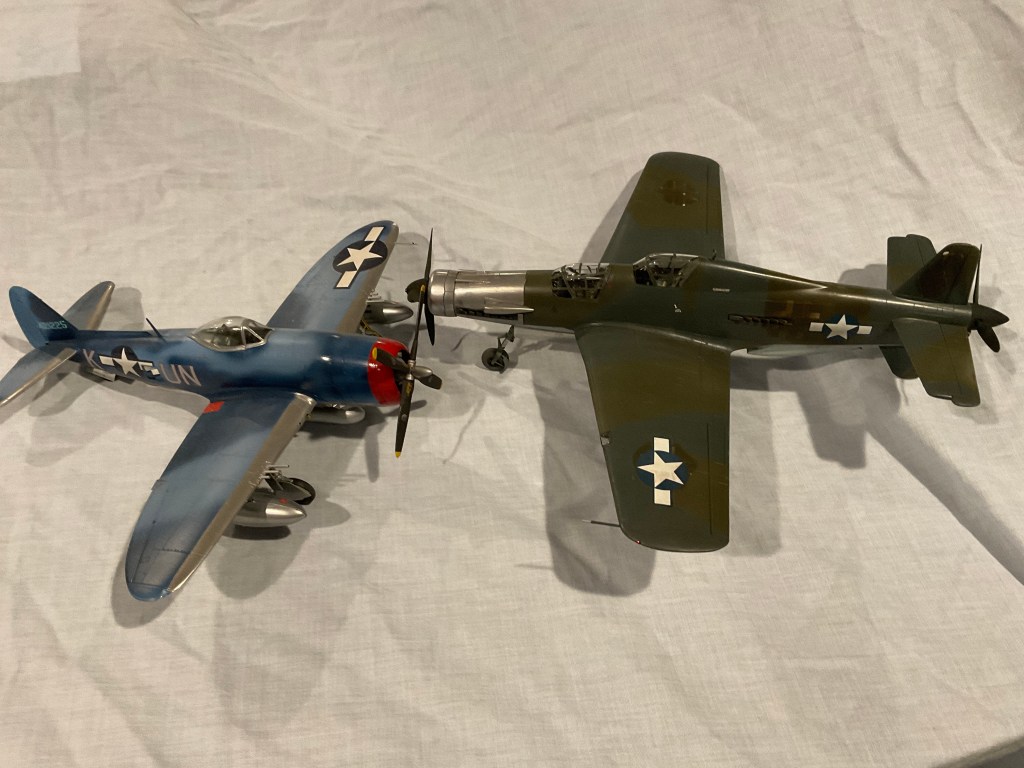

I like then I read… I am never disappointed.
Likewise, Pierre. 🙂
Regards, Chris.
Pingback: Dornier Do 335A-12 Anteater — Plane Dave – My Forgotten Hobby V
I wasn’t disappointed Dave.
I’m always glad to hear that Pierre!
There has always been something about this plane that intrigued me, it’s got to be it’s shape!
It is absolutely fascinating. I remember loving it as a kid just getting interested in this stuff, and it still seems cool. Its also a a very mild “what if” sort of subject as it ALMOST got into service.
Yes, the odder the better, and that little bit of “what if”, but knowing it was real just seals the deal.
Pingback: Theme Build 4 – Complete | Plane Dave
It’s such a radical aircraft….nothing like it before or since, at least, as far as I know.
I think you’re right! There have been other tandems. The Cessna 337/O-2 Skymaster comes to mind, but the configuration was completely different. The Do 335 is one of aviation’s oddities.
It’s a most peculiar looking aircraft and looks too awkward to fly let alone be of any success.
No doubt. But not as bad as the Bv 141!